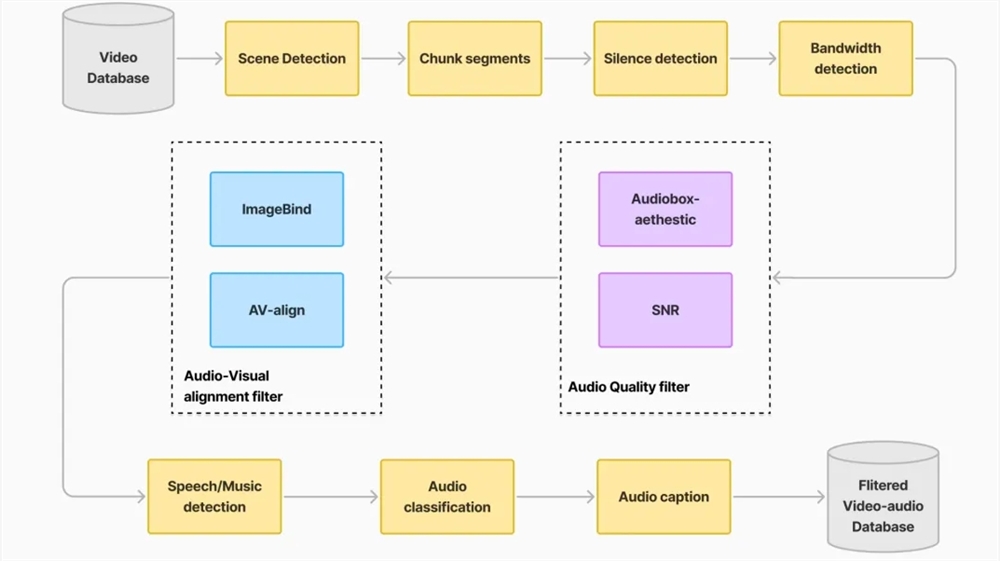When classics meet cutting-edge technology, what kind of sparks will be created? The Sphere in Las Vegas has just given a stunning answer. This 1939 musical "The Wizard of Oz," recognized by the Library of Congress as the most viewed film in history, is undergoing a complete AI transformation, and this change has caused a big stir in Hollywood.
This classic, considered the cornerstone of Hollywood, carries the eternal charm of cinematic art for nearly 90 years, which makes some critics and movie enthusiasts strongly dissatisfied with this update. However, producer Jane Rosenthal has a completely different view. She believes that this film was naturally suitable for the environment of the Sphere.
When interviewed, Rosenthal explained: This film had five different directors involved. It was born from the old studio system, not the later director-centered system. More importantly, this work has been closely related to technological innovation since its creation. Producer Mervyn LeRoy and other relevant personnel strongly promoted the use of color film technology, making it one of the first works in film history to use color technology on a large scale.

If you think this is just simple color restoration and audio track re-mixing, then you are completely wrong. The Sphere creates a viewing environment completely different from traditional cinemas. It has 17,600 seats, equipped with an arc-shaped LED panel wall covering 160,000 square feet, with a length equivalent to three football fields and a height of 22 floors.
This new version of "The Wizard of Oz" aims for more than just a simple upgrade of the traditional cinema experience; it wants to create a real audio-visual feast. A 750 horsepower wind machine stirs up flying debris, the seats vibrate violently with tactile signals, the iconic tornado lifts Dorothy's house high into the air, and then gently places it beside the yellow brick road. In this version, the monkeys really fly through the sky, and the audience feels like being in the center of a fantasy world.
All elements within the traditional picture frame need to be completely re-conceived, otherwise the audience would feel like watching the Scarecrow and Tin Man performances through a mailbox slot. This involves the most controversial part: AI models generate new performance segments for characters who did not appear in the original version, based on training with archival material. The Sphere's 16K resolution surpasses any other screen on Earth, meaning that every frame's texture and facial expressions need to be re-rendered. Even the sound system has been completely remade for this venue with 167,000 speakers.
Rosenthal emphasized: What we are doing is not a Scorsese-style restoration. We have created an experiential version together with Warner Bros. and Google.
The plan for "The Wizard of Oz" to be on indefinite release with ticket prices exceeding $100 is not a regular movie release. It may become a pioneer for other classic films' remakes. Carolin Blackwood, the head of Sphere Studio, a former senior executive at Warner Bros., said that the company led by James Dolan is actively considering subsequent projects. Dolan is also the owner of the New York Knicks and Rangers, as well as Madison Square Garden.
Blackwood said: Considering the sensory characteristics of the Sphere, not all movies are suitable for this form, but "The Wizard of Oz" has opened the door to infinite possibilities for us. This is exactly what we are currently discussing and exploring. We are constantly learning, and this is exciting. It is immersive media, not passive media.
Oscar-winning visual effects artist Ben Grossman was recruited to lead the visual effects work. He pointed out that a key feature of the new version is that it is more like a live performance rather than a traditional film. The image never truly locks.
Grossman explained: Film production has a long history, and people are used to seeing it as a continuous process. But we prefer to see it as software development. We can release the product and then update and adjust it based on audience feedback. In this sense, it is more like a living creation, rather than a product that is put away after completion.
However, early images of this remixed version were strongly criticized in the social media circle known as Film Twitter. When film historian and TCM host Ben Mankiewicz posted a clip of the tornado scene, it triggered a strong backlash. People's anxieties and fears about AI technology possibly replacing many Hollywood workers found a new outlet in the transformation of this sacred pop culture classic.
Movie producer Patrick Reed Johnson posted on X: If it were a director who is still alive wanting to explore in this new field, I fully support it. But if it's just copyright holders seeking to increase profits without consulting the artists who actually created the film, I firmly oppose it.
Facing these critical voices, Rosenthal dismissed them as blind leading the blind, as no preview or test screening has been held yet, and this site-specific experience cannot be leaked. After all, Las Vegas is still the only existing Sphere, although Dolan hopes that if there is continued demand for concerts by artists such as U2, Eagles, and Backstreet Boys, expansion can continue.
Grossman said he understands the frustration of some people in the creative community, especially considering the sudden rise of AI technology, and people's concerns that the entertainment industry, which already focuses on cost control, might use this technology to cut jobs. He admitted: We are carrying out this project against the backdrop of social change, which makes people uneasy.
However, he also emphasized that the new version of "The Wizard of Oz" should not be seen as a traditional film project. It occupies a brand-new space, and supporters hope it can spark interest in theater viewing, even if it's only an indirect effect.
Grossman concluded: The Sphere creates a real space where the screen disappears. When you make content here, you must forget the traditional film production mindset and relearn how to experience human experiences.










